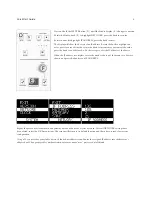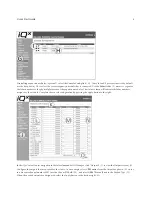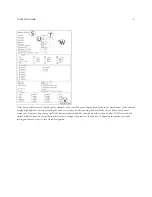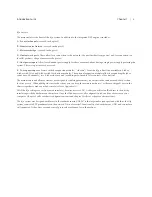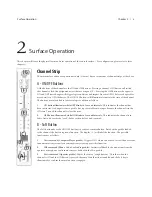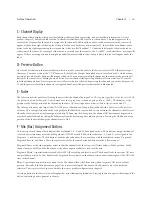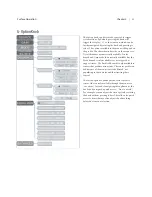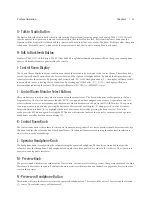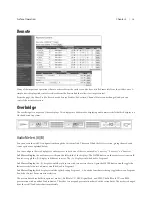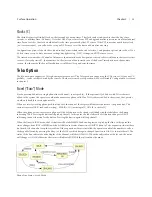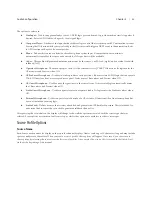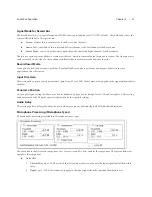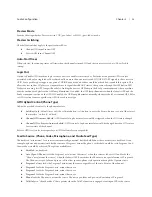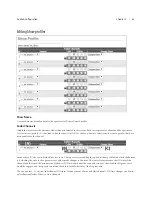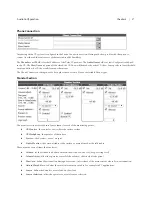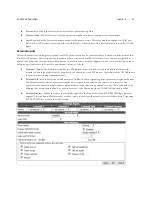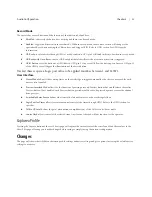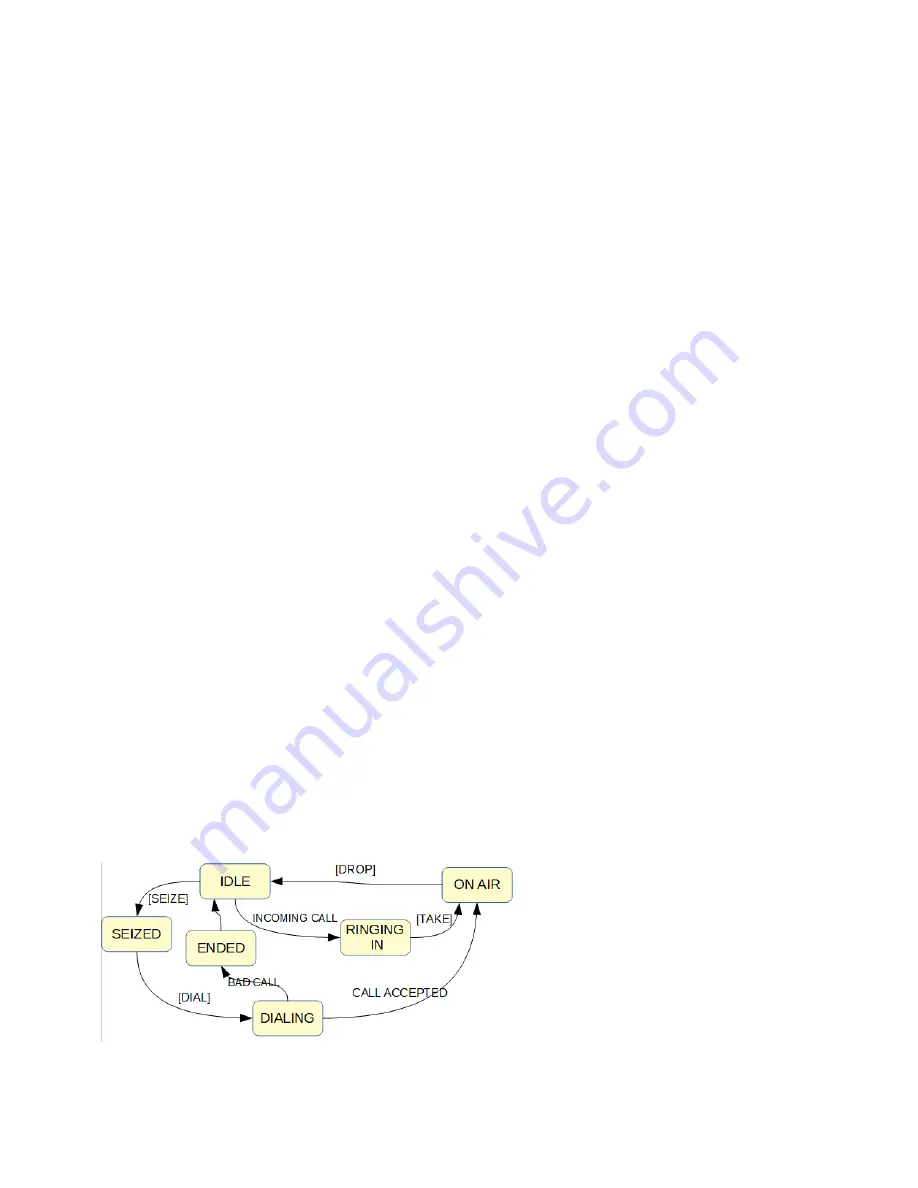
Chapter 2 |
15
Surface Operation
Clocks (C)
The third display is split in half to show the time and a count up timer. The clock can be configured to show the day’s date,
seconds, or military time (24 hours). Note that AES67 sync comes from PTP and a grandmaster sync source would include real
time. Because of this, the clock would default to the time presented by the PTP source. If the PTP source has an arbitrary clock
(not recommended), you will need to set up an NTP source or set the time and date after a bootup.
Configuration options of the clock are found in the Customize link in the web interface. Configuration options are to show 12 or
24-hour time, seconds, date, timezone settings, daylight saving (DST) settings, and NTP source server.
The timer has two modes—Manual or Automatic. In automatic mode, designated source profiles would cause the timer to start
or reset (if already started). In manual mode, the timer would only start by use of the Event Timer buttons on the monitor
section. In either mode the Event Time buttons would Start/Stop and reset the timer.
Telco Option
The iQx has native support for Telos phone interface products. The Telos products supporting the VX protocol (iQ6 or any VX
product), can be interfaced with by the console. There are two modes of operation, fixed or selectable. Configuration is covered
in chapter 3.
Fixed (“Euro”) Mode
Fixed operation dedicates a single phone line to channel (source profile). If the optional iQx 6-Fader with Telco sidecar is
added to the system, the operator could make and receive phone calls. If no Telco sidecar is added to the system, the operator
would only be able to receive phone calls.
When a correctly working phone profile is loaded to the channel, the display will indicate the status of the phone line. The
various states are IDLE (ready and waiting), RINGING IN (incoming call), ON AIR (active call).
When the phone extension receives a phone call, the Soft button of the channel will blink with the label above the button
indicating TAKE. Pressing the button will pick up the call. At this point, the label above the Soft button changes to DROP
indicating the new function for the button. Pressing the button again will drop the call.
When the line is in IDLE mode, the Soft button will be labeled SEIZE and can be pressed to pick up the line. At this point the
status changes from IDLE to SEIZED and the Soft button indicates a function of DROP. Without a Telco expansion sidecar, there
isn’t much to be done but drop the seized line. If the expansion sidecar is installed, the operator can dial the number to call on
the keypad followed by pressing the # key (or the Soft key, which has again changed function to DIAL) to initiate the call. The
status of the line, indicated on the display of the channel, will show DIALING. When the call is taken at the far end, the status
will change to ON AIR, otherwise the status will indicate ENDED if the call could not be made.
Phone Line States - Fixed Mode


